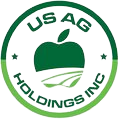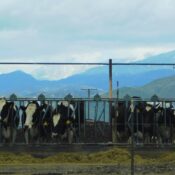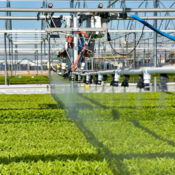
Rapid Pathogen Detection for Food Safety: Enhancing Outcomes and Protecting Consumers
Ensuring food safety is of paramount importance in the food industry, and rapid pathogen detection plays a vital role in achieving this goal. Traditional methods of pathogen detection can be time-consuming and may delay the identification of potential risks. However, with the advent of rapid detection techniques, such as polymerase chain reaction (PCR), enzyme-linked immunosorbent assay (ELISA), next-generation sequencing (NGS), and the application of biosensors and nanotechnology, food safety protocols have been significantly enhanced.
Overview of Rapid Pathogen Detection Techniques
Rapid pathogen detection techniques offer innovative solutions to the challenges associated with traditional methods. PCR, a molecular biology technique, enables the amplification and detection of specific DNA sequences of pathogens, providing highly sensitive and accurate results. ELISA, on the other hand, utilizes antibodies to detect and quantify pathogens, allowing for rapid identification. NGS enables comprehensive genetic analysis, facilitating the detection and characterization of multiple pathogens simultaneously. Additionally, biosensors and nanotechnology offer portable and highly sensitive detection platforms, revolutionizing pathogen detection in the food industry.Advantages of Rapid Pathogen Detection
Rapid pathogen detection techniques offer several advantages over traditional methods. Time efficiency is a significant advantage, as these techniques can provide results within hours instead of days or weeks. The sensitivity and specificity of rapid detection methods enable the identification of low pathogen levels, reducing the risk of false negatives. Moreover, these techniques often offer cost-effective solutions, minimizing expenses associated with extensive laboratory testing. Early detection and prevention of outbreaks are facilitated, allowing swift actions to be taken, to prevent potential foodborne illnesses.Applications of Rapid Pathogen Detection in the Food Industry
Rapid pathogen detection finds application throughout the food production process. It is used for testing raw materials and ingredients, ensuring the safety of inputs before they enter the production chain. It is also employed for monitoring production facilities, detecting potential contamination sources, and maintaining a hygienic environment. During processing and packaging, rapid pathogen detection techniques enable real-time quality control, minimizing the risk of contaminated products reaching consumers. Additionally, these methods play a crucial role in identifying foodborne pathogens in finished products, supporting recall processes, and protecting public health.Implementing Rapid Pathogen Detection Systems
When implementing rapid pathogen detection systems, several considerations should be taken into account. The selection of appropriate detection methods should align with the specific needs and requirements of the food industry. Integration with existing food safety protocols is essential to ensuring seamless implementation and compatibility. Adequate training and education of personnel involved in the detection process are crucial for accurate and efficient results.Future Developments and Trends in Rapid Pathogen Detection
The future of rapid pathogen detection holds immense potential for further advancements. Technology and automation will continue to drive innovation in this field, leading to even more rapid and precise detection techniques. Integration with data analytics and artificial intelligence will enable real-time monitoring and analysis, offering proactive insights into potential risks. Additionally, the development of on-site and real-time detection systems will revolutionize food safety protocols, allowing for immediate action and preventing contaminated products from entering the market.Conclusion
Rapid pathogen detection techniques have transformed the landscape of food safety, enabling faster, more accurate, and cost-effective detection of pathogens. These techniques play a vital role in preventing foodborne illnesses, protecting consumer health, and maintaining trust in the food industry. As technology continues to advance, the integration of rapid pathogen detection systems with existing food safety protocols will become increasingly vital, ensuring the highest standards of safety and quality in the production and distribution of food.Recent Posts
Unlocking the Potential of Your Farm with USAG
+1 (805)-455-7524
info@usagfarm.us



